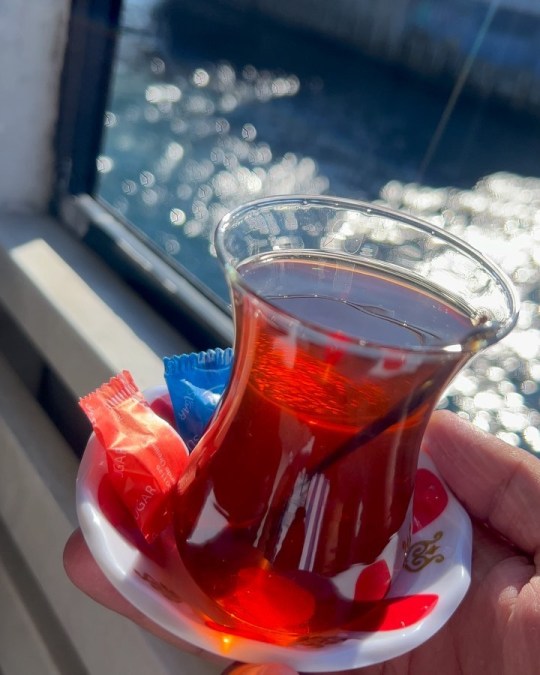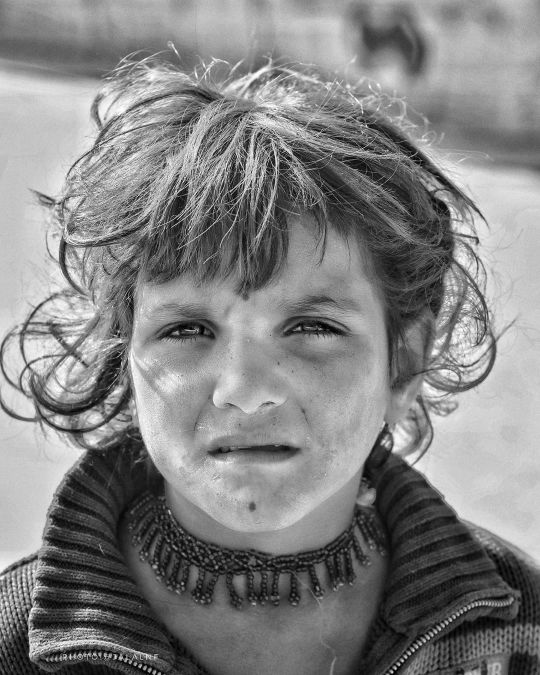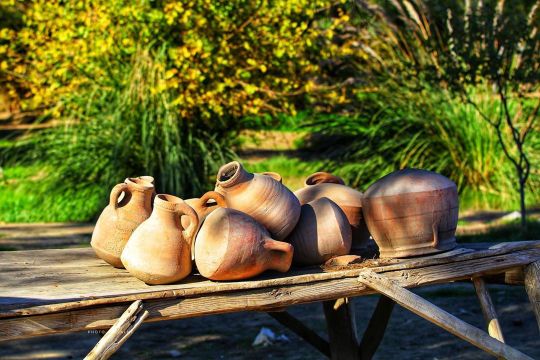#khiwa
Photo

Travel makes me feel better ❤️🩹 #çay #türkçayı #türk #turkish #turkishairlines #love #tashkent #uzbekistan #chilanzar #yunusabad #navoi #khorezm #samarkand #khiwa #bukhara #istanbul (at Istanbul, Turkey) https://www.instagram.com/p/CnAXY6IM052/?igshid=NGJjMDIxMWI=
#çay#türkçayı#türk#turkish#turkishairlines#love#tashkent#uzbekistan#chilanzar#yunusabad#navoi#khorezm#samarkand#khiwa#bukhara#istanbul
0 notes
Text
Sikhosana returns: Readies new single Khiwa
Sikhosana returns: Readies new single Khiwa
Sikhosana returns: Readies new single Khiwa #Sikhosana #returns #Readies #single #Khiwa Welcome to Americanah Blog, here is the new story we have for you today:
You Can Click Here To View Restricted Videos/Images in this Article
The Chronicle
Mthabisi Tshuma, Showbiz Reporter
MUSICIAN Sikhosana Buhlungu will next week Friday express gratitude to all those who have played a part in changing his…

View On WordPress
0 notes
Photo

at Jalalabad Khiwa District https://www.instagram.com/p/B50QZgSnC05Gh55CE-2mP1gFleZP2f-J2SACxA0/?igshid=44v6glw7zyjn
0 notes
Text
History of Mandi Bahauddin
bahauddin makbara - junagadh (Photo credit: peter barwick)
Mandi Bahauddin (Punjabi , Urdu: منڈی بهاؤالدین)abbreviated asM.B.DIN is the capital of Mandi Bahauddin District in the Punjab province of Pakistan. The town is some 220 metres above the sea level and is situated in upper Punjab, between the rivers Jhelum (north 12 km) and Chenab (south 39 km).Local Language is Punjabi.
Administration
Mandi Bahauddin, the capital of the district, is also the Tehsil headquarter. Tehsil Mandi Bahauddin has 27 Union Administrations / Union Councils.[1]
History
Early history
In 1506 C.E. Chief Bahauddin, Sufi Sahib, established a settlement namely Pindi Bahauddin in the north-eastern corner of the region known as "Gondal Bar", after his immigration from Pindi Shah Jahanian to this area. The settlement soon became a center of intense commercial activity, hence named afterwards by the merchants as "Mandi Bahauddin", the Market of Bahauddin. The Urdu word "Mandi" implies "marketplace". The proto-city was later on fortified with 9 main doorways to guard against foreign invasions. The wall intact today was completed in 1946.[2]
However, the recorded history of Mandi Bahauddin goes back to the era before Christ, connecting the region with the historic figure of Alexander the Great. Some 8 km northwest of the modern-day Mandi Bahauddin town, near the plain of village Khiwa on the southern bank of Jhelum River (Greek Hydaspes), the battle Battle of the Hydaspes River was fought between Raja Porus (Sanskrit Paurava) and Alexander. This historic battle of Hydaspes River, which Indian sources refer to as the "Battle of Jhelum", took place in 326 BCE.[3] The kingdom of Raja Porus was situated in the northern Punjab of modern Pakistan. This battle proved the last major fight of Alexander's career, for the Macedonians, after being put up a fierce resistance by Porus' soldiery and having heard of a massive 4,000 elephant force mustered by eastern kingdoms, refused to march further east i.e. Ganges Plains.[4]
After independence
In 1963, the Rasul Barrage and Rasul-Qadirabad Link Canal project under the Indus Basin Irrigation Project started. The project was managed by WAPDA, and a large colony for government employees and foreign contractors was constructed 2 kilometres north of Mandi Bahauddin city. This project was completed in 1968 by Engineer Riazur Rahman Shariff as the Project Director. This project brought Mandi Bahauddin into limelight and helped the city grow commercially.[5]
The Tehsil headquarters towns of Phalia and Malikwal are 22.5 and 28.5 kilometres from Mandi Bahauddin, respectively.[6]
#Rasul Barrage#Pindi Bahauddin#Pakistan#Mandi Bahauddin District#Mandi Bahauddin#Malikwal#Jhelum River#History of Mandi Bahauddin#Alexander
0 notes
Text
History of Mandi Bahauddin
bahauddin makbara - junagadh (Photo credit: peter barwick)
Mandi Bahauddin (Punjabi , Urdu: منڈی بهاؤالدین)abbreviated asM.B.DIN is the capital of Mandi Bahauddin District in the Punjab province of Pakistan. The town is some 220 metres above the sea level and is situated in upper Punjab, between the rivers Jhelum (north 12 km) and Chenab (south 39 km).Local Language is Punjabi.
Administration
Mandi Bahauddin, the capital of the district, is also the Tehsil headquarter. Tehsil Mandi Bahauddin has 27 Union Administrations / Union Councils.[1]
History
Early history
In 1506 C.E. Chief Bahauddin, Sufi Sahib, established a settlement namely Pindi Bahauddin in the north-eastern corner of the region known as "Gondal Bar", after his immigration from Pindi Shah Jahanian to this area. The settlement soon became a center of intense commercial activity, hence named afterwards by the merchants as "Mandi Bahauddin", the Market of Bahauddin. The Urdu word "Mandi" implies "marketplace". The proto-city was later on fortified with 9 main doorways to guard against foreign invasions. The wall intact today was completed in 1946.[2]
However, the recorded history of Mandi Bahauddin goes back to the era before Christ, connecting the region with the historic figure of Alexander the Great. Some 8 km northwest of the modern-day Mandi Bahauddin town, near the plain of village Khiwa on the southern bank of Jhelum River (Greek Hydaspes), the battle Battle of the Hydaspes River was fought between Raja Porus (Sanskrit Paurava) and Alexander. This historic battle of Hydaspes River, which Indian sources refer to as the "Battle of Jhelum", took place in 326 BCE.[3] The kingdom of Raja Porus was situated in the northern Punjab of modern Pakistan. This battle proved the last major fight of Alexander's career, for the Macedonians, after being put up a fierce resistance by Porus' soldiery and having heard of a massive 4,000 elephant force mustered by eastern kingdoms, refused to march further east i.e. Ganges Plains.[4]
After independence
In 1963, the Rasul Barrage and Rasul-Qadirabad Link Canal project under the Indus Basin Irrigation Project started. The project was managed by WAPDA, and a large colony for government employees and foreign contractors was constructed 2 kilometres north of Mandi Bahauddin city. This project was completed in 1968 by Engineer Riazur Rahman Shariff as the Project Director. This project brought Mandi Bahauddin into limelight and helped the city grow commercially.[5]
The Tehsil headquarters towns of Phalia and Malikwal are 22.5 and 28.5 kilometres from Mandi Bahauddin, respectively.[6]
#Rasul Barrage#Pindi Bahauddin#Pakistan#Mandi Bahauddin District#Mandi Bahauddin#Malikwal#Jhelum River#History of Mandi Bahauddin#Alexander
0 notes
Text
Uzbekistan
Even as a school pupil, I had always heard/read about places like Samarqand, Khiwa, Bukhara, Tashqand, etc; and then people in Kabul would point to the tall, stately gentleman sighted in Kabul, as the exiled king of Bukhara. When I was an American Fulbright scholar in Turkmanistan in 1995 and in Kazakstan in 2000, I wanted to visit Uzbekistan some day to see what Russia's colonization had done to this Muslim land. So it was great when my wife Tahmina and I finally had a chance to visit the historic country in the third week of March 2019.. We flew in and out of Tashkent, and on the ground we travelled by small common taxis between Tashkent and Samarqand, and stayed at inexpensive $15-20 hotels in both cities. In both cities, we walked and used public transport, and saw as many of the tourist sites as we could. Throughout our stay, we reflected a great deal on the country and drew comparisons with Afghanistan.This is some of what we saw;We saw no buildings made of mud or mud bricks any where. Unlike Afghanistan, there were no walls around homes either in the cities or the countryside There seems to be electricity, gas and water all over the country. There were schools and other educational institutions all over the country. there was some kind of healthcare facility everywhere. And there were organized markets in towns all over. There were farms and animal husbandry outside of the cities. All the primary and even secondary roads were paved and well-maintained. There was a vast transport network of regular, affordable, clean, orderly, small, medium, and large vehicles and railroads all over the country, and all the time. All the roads were nicely maintained. There were well-developed rest stops with all the amenities. There were no police check points anywhere in the countryside or in the cities; we were not even once approached by the security forces. In fact, we rarely saw any law enforcement agents. All the homes were nicely built and maintained. Most had court yards with trees, flowers, vines, etc. Hardly any had surrounding walls. Government structures were nice, solid, elegant, clean and beautiful. Country people appeared calm, at ease, free, and happy; they had stalls by the road to sell agricultural products; or they waited to catch a ride; We saw men, women, children walking by the roadside, alone or in groups at all hours; it was clear people felt safe and secure wherever they were and throughout the land.We stayed at the low-end hotels in Tashkent and in Samarqand, the Samarqand hotel being very exotic. Although at $15 per night, they were inexpensive, but they were at the three-star level. They were clean, orderly, safe, secure and comfortable. The staff was great. When I asked if they locked the main door at night, they smiled, shrugged their shoulder, and said there was no need to do so.There was excellent regular, clean, timely, safe, secure, elaborate and inexpensive public transport in both cities. Other than the convenience stores, and supermarkets, both cities had huge, nice, clean, and covered markets where you could find all your daily needed items. Both cities had countless parks which were nicely maintained by armies of yellow jacket(mostly women) attendants. And needless to say, both cities contain many historic sights. We realized that Uzbekistan is an automobile country, and though there were a lot of small cars, mini vans and busses, traffic moved smoothly, even though there were very few traffic police. Drivers and pedestrians followed the rules. We saw very few SUVs or luxury automobiles. We saw no armored cars or cars with tinted windows! The cities seemed well-planned with wide boulevards, sidewalks, squares, public spaces, bridges, ,etc.Throughout our stay we never saw an addict, a drunk, a beggar, a homeless, or a sex worker, though we saw a few people who appeared poor, they worked.The vast majority of the people looked middle class- nicely dressed, clean, well-fed, calm, and secure. People looked busy and working, and/or they minded their own business.. There was order in public spaces, people minding and going about their business. But, when we needed help, they went out of their way to assist. There seems to be tolerance, mutual respect, care, and compassion among the people. Even big and crowded, the cities were impeccably clean, orderly, calm, safe and secure. There was very little presence of security forces anywhere. Even during the Nuwroz celebrations there was minimal police presence, and men, women and children were very orderly. There was no trashing in the crowded parks. People seemed to really enjoy themselves and each other. You could tell there is a good functioning government in the country.It seems that the country produces all its daily needs such as food, clothing, toiletry, gadgets, technology, construction material, etc. All the signs and labels were in Russian, but people spoke in Uzbeki to each other. There were fewer Russians in the cities, and hardly any in the country side. People seem to take pride in their Uzbek culture without showing signs of xenophobia. The country, especially the cities had an aura of western cities and culture than Asiatic. There were quite a few mosques, beautiful, clean and well attended. All in all, we were very impressed by Uzbekistan; in fact, Tahmina has said several times, what it would be like to live there permanently. The question is why is there such a huge development gap between Afghanistan and Uzbekistan?
Zaher Wahab, PhD
0 notes
Text
(Live) Khiwa Kalan (Mansa) Kabaddi Tournament 23 Jul 2017
(Live) Khiwa Kalan (Mansa) Kabaddi Tournament 23 Jul 2017
youtube
from Blogger http://bit.ly/2Ugz7sa
0 notes
Video
my music mood 🤣😂 #music #musica #musicvideo #piano #royal #tashkent #tashkentcity #tashkent🇺🇿 #tashkent #tash #uzbekistan #uzbekistan🇺🇿 #uzb #samarkand #samarqand #followforfollowback #sama #khiwa ##bukhara #buxoro #taiwan #hongkong #maccao #china #world (at Taiwan) https://www.instagram.com/p/CSF16AYqTRi/?utm_medium=tumblr
#music#musica#musicvideo#piano#royal#tashkent#tashkentcity#tashkent🇺🇿#tash#uzbekistan#uzbekistan🇺🇿#uzb#samarkand#samarqand#followforfollowback#sama#khiwa#bukhara#buxoro#taiwan#hongkong#maccao#china#world
0 notes
Photo

#toshkent #uzbekistan #khiwa #xiva #samarqand #buxoro #tashkent #özbekistan #uzbekistan🇺🇿 #uzbekistan_inst #chinoz #travel #krasnogorsk #followbacknow #followfriday #likelike #followmeto #likeforlikes #followfollow #following #compartilhar #compartilhe #publicação (at Krasnogorsk, Uzbekistan) https://www.instagram.com/p/COgTLsalTxD/?igshid=1l5a4uyekaii4
#toshkent#uzbekistan#khiwa#xiva#samarqand#buxoro#tashkent#özbekistan#uzbekistan🇺🇿#uzbekistan_inst#chinoz#travel#krasnogorsk#followbacknow#followfriday#likelike#followmeto#likeforlikes#followfollow#following#compartilhar#compartilhe#publicação
0 notes
Photo

at Jalalabad Khiwa District https://www.instagram.com/p/B5uXvmfntF72FKgSbap7GlpEUkFd3ZFymth_lU0/?igshid=1a16olgi52ihx
0 notes
Photo

at Jalalabad Khiwa District https://www.instagram.com/p/B5sdpRwnSLEq7Zbs2LfPuihBiHTtzRzkbIbIWY0/?igshid=1a1g3tla5q5dp
0 notes


